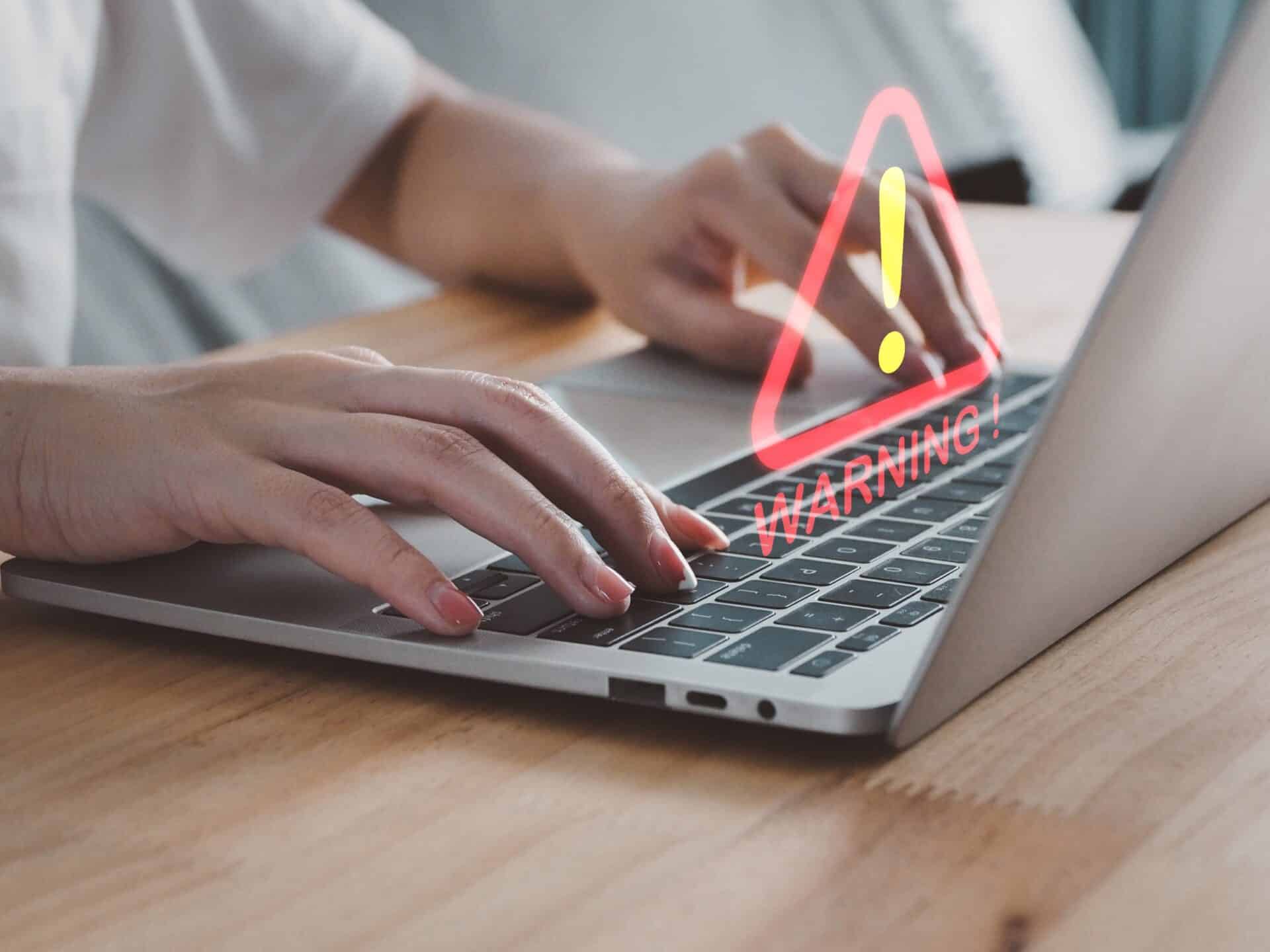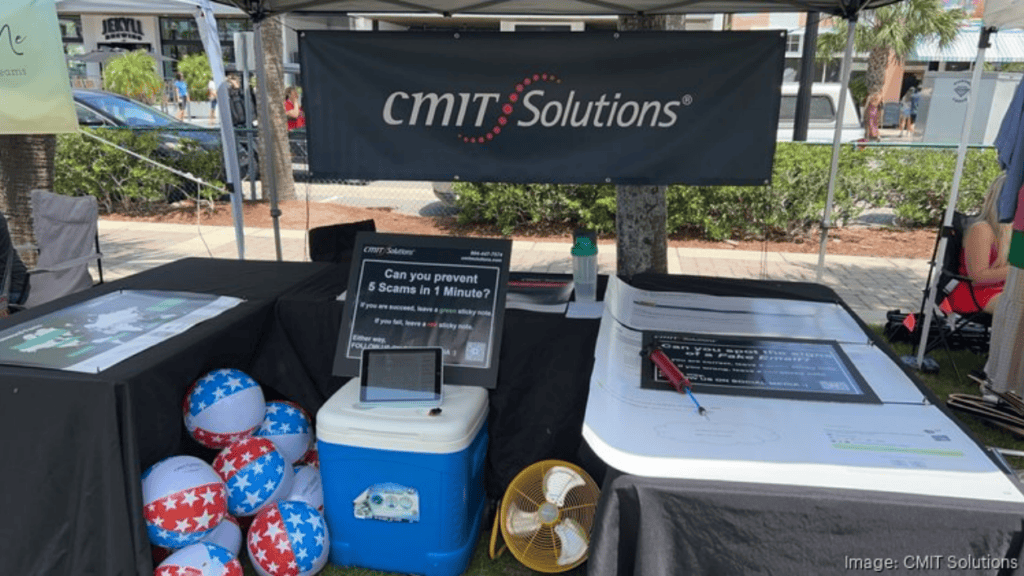- SMBs face various risks when working with third-party vendors, including cybersecurity, compliance, operational, reputational, and financial risks. Recognizing these risks can help protect your business.
- Effective risk management involves thorough due diligence, detailed contracts, regular performance monitoring, comprehensive risk management plans, and leveraging technology to track and mitigate risks.
- Best practices include segmenting vendors by risk level, maintaining open communication, staying updated on regulations, providing staff training, and having contingency plans to ensure business continuity and minimize disruption.
Third-party vendors are a great partner for helping small and medium-sized businesses (SMBs) thrive. From IT services to marketing agencies, outsourcing certain tasks can save time and money, allowing you to focus on core operations.
However, relying on third-party vendors also introduces risks that can impact your business. As such, it’s best to understand and manage these risks to protect your business’s reputation, data, and bottom line.
What Are Third-Party and Vendor Risks?
Third-party and vendor risks refer to the potential threats and vulnerabilities introduced to your business by external entities you collaborate with. These risks can range from data breaches and compliance issues to operational disruptions and reputational damage. Essentially, any external company that provides goods or services to your business can pose a risk if its practices and security measures are not up to par.
Types of Third-Party and Vendor Risks
The types of risks you might face can be put into the following categories:
Cybersecurity Risks
Cybersecurity risks are perhaps the most talked-about threats today. When you share sensitive data with vendors, you’re entrusting them with valuable information that, if compromised, can lead to significant financial and reputational damage. A vendor with weak cybersecurity measures can be an easy target for cybercriminals, putting your data at risk.
For instance, imagine your IT service provider suffers a data breach due to outdated security protocols. Your customer information, including credit card details, could be exposed. Such an incident can result in direct financial loss, regulatory fines, and a tarnished reputation, driving customers to your competitors.
Compliance Risks
Different industries have various regulations and standards that businesses must adhere to. When working with vendors, especially those handling sensitive information, you need to ensure they comply with relevant laws and regulations. Non-compliance can result in legal penalties and loss of trust from your customers.
Operational Risks
Operational risks involve the potential for disruptions in your business operations due to issues with third-party vendors. This could be due to vendor insolvency, poor performance, or failure to meet contractual obligations. Such disruptions can cause delays, reduce productivity, and impact your customer service.
Consider a scenario where your key supplier fails to deliver critical components on time because of their internal logistical issues. This delay can halt your production line, leading to missed deadlines, dissatisfied customers, and financial losses.
Reputational Risks
Your vendors are an extension of your brand. If a vendor behaves unethically or fails to meet standards, it can reflect poorly on your business. Negative publicity, whether from data breaches, poor labor practices, or subpar products and services, can harm your reputation and customer relationships.
Financial Risks
Financial risks involve any losses your business might incur due to third-party vendor issues. This can include direct costs such as fines for non-compliance or indirect costs like lost revenue from operational disruptions. Check that your vendors are financially stable to avoid these risks.
Assessing Vendor Risk
It’s best to adopt a proactive approach to vendor risk management to protect your business. Here are some steps to help you assess and mitigate vendor risks:
Conduct Thorough Due Diligence
Before engaging with a vendor, perform a comprehensive due diligence process. This includes evaluating their financial stability, reviewing their security policies, and understanding their compliance with relevant regulations. Ask for references and look for any red flags in their past performance.
Implement Strong Contracts
Clearly define the terms of your relationship with vendors through thorough contracts. Include clauses that specify security requirements, compliance obligations, and performance standards. Make sure there are provisions for regular audits and assessments.
Monitor Vendor Performance
Regularly monitor and review your vendors’ performance. Set up a quarterly review process where you assess your vendor’s performance against agreed metrics. Use these reviews to identify areas for improvement and to keep them aligned with your business goals and standards.
Develop a Risk Management Plan
Create a comprehensive risk management plan that includes strategies for identifying, assessing, and mitigating third-party risks. This plan should outline the steps to take if a vendor fails to meet their obligations or if there is a security breach.
Include detailed response strategies for various scenarios, such as a data breach or operational failure. Your plan should also include clear communication protocols and steps to minimize business disruption.
Leverage Technology Solutions
Utilize technology solutions to streamline your vendor risk management processes. There are numerous tools available that can help you track vendor performance, conduct risk assessments, and automate compliance checks. These tools can save time and provide valuable insights into your vendor relationships.
Best Practices for Managing Vendor Risk
Effective vendor risk management involves continuous effort and vigilance. Here are some best practices to help you stay on top of third-party risks:
Segment Vendors by Risk Level
Not all vendors pose the same level of risk. Segment your vendors based on the level of risk they represent and allocate resources accordingly. High-risk vendors, such as those with access to sensitive data, should be subject to more stringent monitoring and controls.
Establish Clear Communication Channels
Maintain open lines of communication with your vendors. Regular communication helps build strong relationships and ensures that any issues can be quickly addressed. Establish clear points of contact and schedule regular check-ins.
Stay Updated on Industry Standards
Stay informed about changes in industry standards and regulations that might affect your vendor relationships. Subscribe to industry newsletters, attend relevant webinars, and ensure your vendors are committed to ongoing compliance by asking for regular updates on their compliance status.
Provide Training and Awareness Programs
Educate your employees about the importance of vendor risk management. Conduct regular training sessions, so your team understands the risks and knows how to identify and report potential issues.
Prepare for the Unexpected
Despite your best efforts, incidents can still occur. Have a contingency plan in place to address vendor-related disruptions. This plan should include steps for quickly replacing a vendor if necessary and mitigating any immediate impacts on your business.
At CMIT Solutions of SW Jacksonville, we can help your business with both IT and cybersecurity solutions, including keeping your business safe from third-party and vendor risks. Contact us today to get started!




